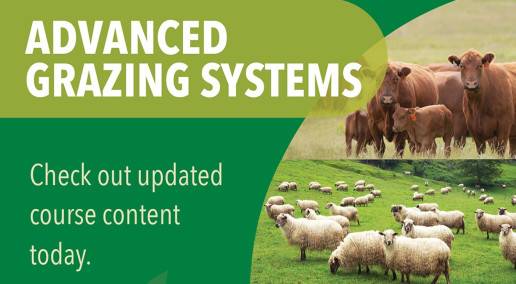Grasslands are vitally important ecosystems with the capacity to support biodiversity and critical services such as carbon storage, nutrient cycling, forage production, water storage and pollination. With approximately 80 to 85 per cent of Canada’s native grasslands having disappeared, they are also the most fragmented and altered terrestrial ecosystem on the planet.
Recognized the need for an ongoing, comprehensive inventory of Canada’s grasslands, the Canadian Forage and Grassland Association (CFGA) and several partners are involved in a project that will see the development of a national grassland inventory that will map Canada’s native and tame grasslands and track the changes within them regularly. As well, while some provinces have their own inventories, there is a need for a common methodology and language to categorize and measure Canada’s grasslands, which is critical to understanding the value they provide.
The National Grassland Inventory Project
The CFGA’s National Grassland Inventory Project began in 2021 and will conclude this year. Since it began, the project development team, which consists of agriculture representatives, non-profit organizations and provincial and federal collaborators, have worked on identifying and describing all existing grassland inventories in Canada and determining how various inventories can be harmonized to develop a cohesive national grassland inventory.
The ultimate aim is to construct a national grassland inventory, including all major grassland types and ecoregions, that would update and inform grassland policy, decision-making and risk assessment across Canada. It will also allow the Canadian grassland sector and stakeholders to more accurately assess carbon stores in grassland soils and to predict real or expected loss of grasslands over time.
Outcomes
To date, the team working on the project has created brief descriptions of temperate grassland types in Canada at the macrogroup, group and alliance levels. Highlighting specific grassland types by ecoregion that are at risk of extirpation, the team is using at‐risk assignments to prioritize restoration and resilience in order to enhance carbon sequestration.
Project partners have received a list of the temperate grassland types across Canada, including provincial distribution information that allows individual provinces to select the types in their area. The remote-sensing team is now working to determine how best to link the classification of grasslands to the mapping process. Another team has been trained and is in the field gathering data for the ground truthing of the geospatial data on the larger inventory project.
For more information visit the CFGA National Grassland Inventory Project webpage.
Back to November 2024



Leave a Comment